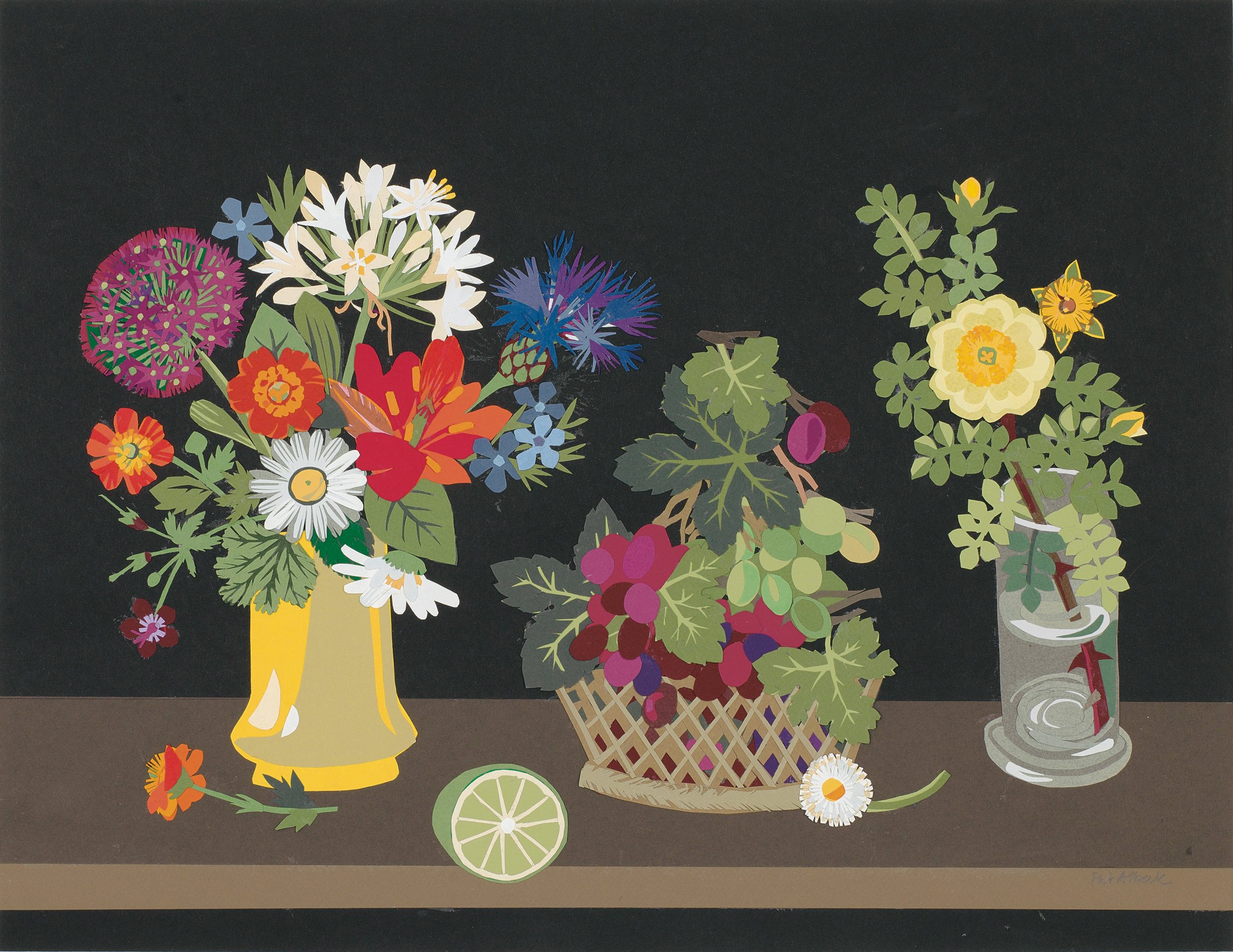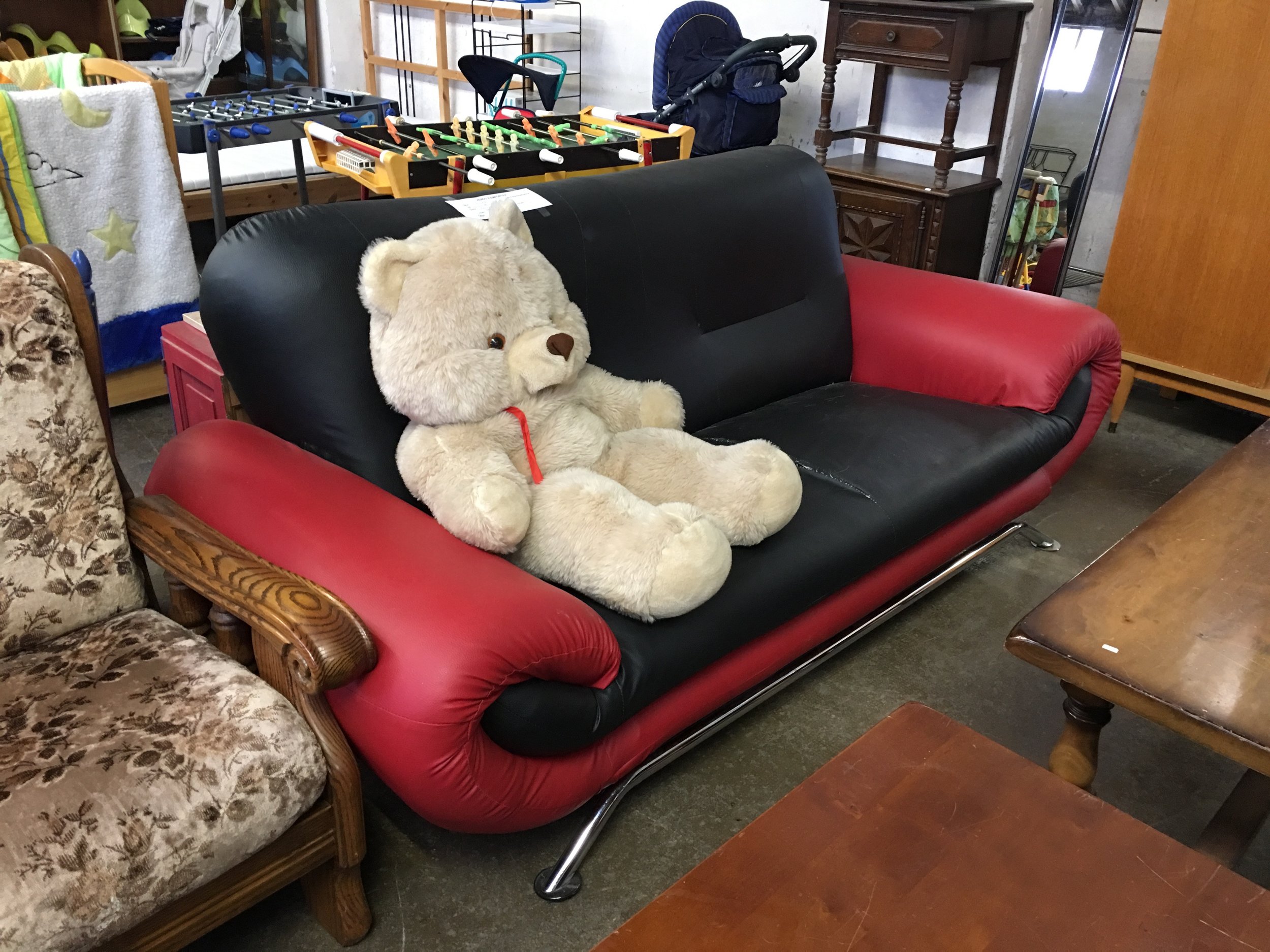There is a road to Damascus moment when things either just fade away or come sharply into view. For me the internet came alive in a blinding, but depressing, flash.
I pillaged the shelves of second-hand-book shops and spent my meagre salary acquiring more and more
When I look at my art books I can trace my history in the antique trade. In the beginning I was voracious and bought any decorative arts book I could find. I pillaged the shelves of second-hand-book shops and spent a significant portion of my meagre salary acquiring more and more.
The biggest thrill was finding something illustrated that we had in the shop. It appeared to add value and prestige to the object even if the book itself was not very good. Many dealers even commissioned books on a given subject just so that their piece could be illustrated in it. When we packed for art fairs we would always gather up heaps of reference books and spend hours arranging them on the display — open, as if by chance, at the key page.
About 10 years into the business I started to find my accumulation of books to be rather a burden. Instead of buying just about anything that had loads of illustrations I started to focus on certain areas of research.
This was a very dangerous phase because I was now slipping away from the world of cheap/bargain books into the world of expensive ones. This change forced itself on me as I was perusing an auction sale catalogue and noticed an Italian lacquered commode from an American museum. It was catalogued as being pretty terrible. The decoration was all wrong and the carcass was a hybrid of two or more pieces cobbled together.
But in my venerable lacquer book this piece was illustrated and described as the archetype of Roman lacquer. I was shocked. I realised that books from the 1930s or 50s were not mini-bibles. They got things wrong, and to be as authoritative as possible one needed the latest volume.
My old book cost £1. When the new lacquer book arrived it cost £125. It was a whole new and expensive world. I became a boss rather than a minion, with minions of my own. They were more keyboard than index friendly.
Ihad known Walter for many years. He was a genius carver, specialising in musical instruments and — the now reviled — ivory. He was a raffish but rather crumbly figure with a ragged beard who invariably wore shorts. He drove a dashing but decrepit red Jaguar softtop whose rattling exhaust and uncomfortable gears gave his arrival away from quite a distance.
After a few years he invited me to his house and we would spend many a long day and many cups of tea (he didn’t drink alcohol) discussing deals he had done and glamorous women who had slipped through his fingers but cost him a fortune.
One day, he ushered me in and after a long pause told me he had terminal cancer. He had no children; there was a niece he wanted to leave everything to but she was not interested in art or antiques. We discussed how long he thought he had. He concluded by asking me to buy all his ivory including his collection of chess sets. It had been one of his specialities. He had English, Chinese, Indian and a few Islamic sets, which are fascinating because they are abstract, having to be non-figurative for obvious reasons.
I have shelves of books that I rarely open now as the keyboard and screen so often deliver a more convenient bowl of delight
He also had a wardrobe full of spare parts, which I had to buy too. He had a habit of picking fights with people which turned into feuds, and the result was that there were a few half chess sets because his enemy had the other half. I had to promise him to resolve the fights if I bought the stuff.
I found myself with an ivory workshop and about 45 chess sets. I had a thoroughly modern young man working for me called Nick and I gave him the task of cataloguing them. I had invested in what I thought were the two key texts on chess sets.
When he had finished, I asked him which book he had found the more helpful as I saw that they were both on the shelf above his desk. He looked blank. He had done all his research on the internet. He had done a great job too; my books lay untouched.
That was my Damascus moment. At home I have shelves and shelves of books that I love but rarely open now as the keyboard and screen so often deliver a more convenient bowl of delight.
Walter died only a month after I bought his stock, and I did manage to reunite most of his chess sets.








































